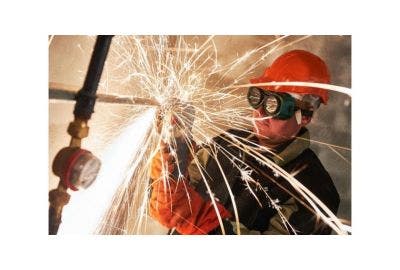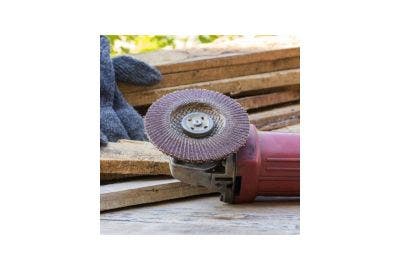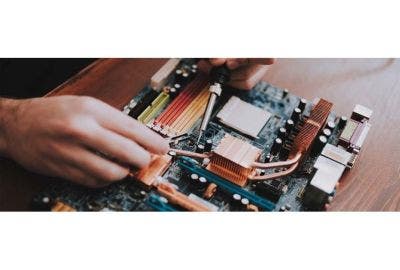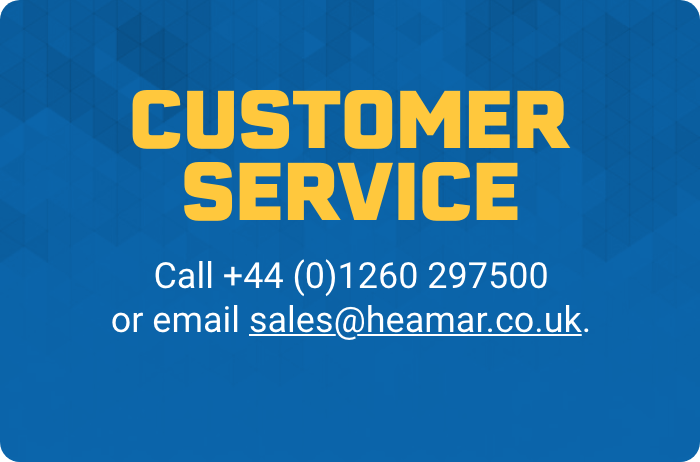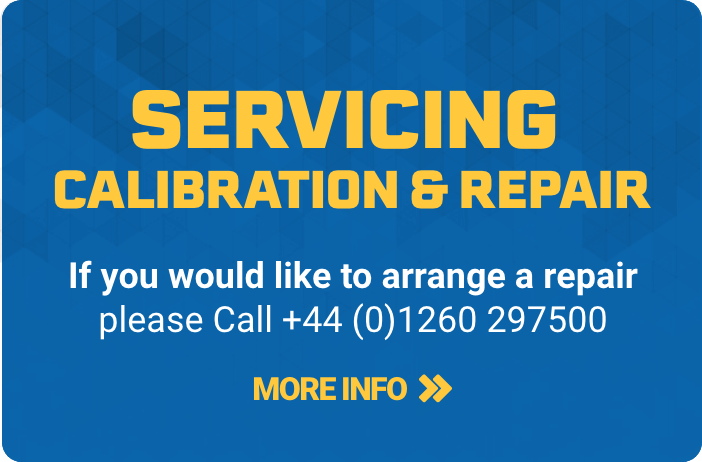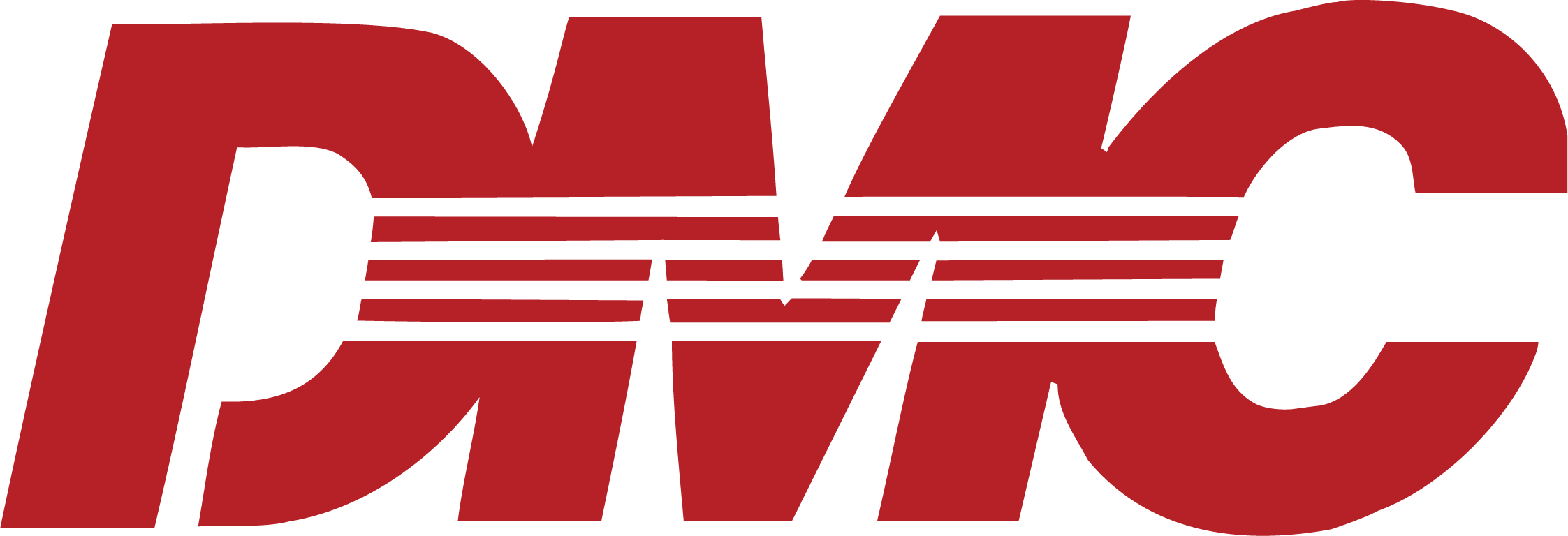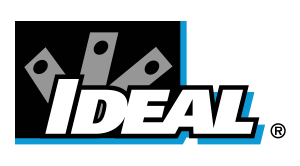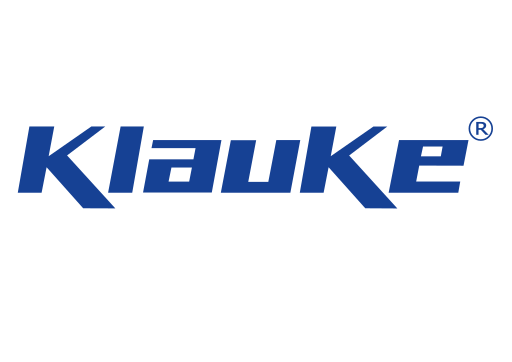Whether you're starting from scratch or you’ve already got a few burns under your belt, welding demands more than just a machine and a mask. What sets a smooth, clean weld apart from a sloppy one often comes down to the gear you’ve got at your side. That includes the basics, like your welding machine, but also the bits you didn’t know you needed until something sparks and goes sideways.
In this guide, you’ll find a breakdown of the most essential welding tools, from the kind of kit beginners should start with to the accessories professionals swear by. There’s a focus on safety, practicality and tool life too, so it’s not just what you need, but why you need it. Plus, all tools are budget-friendly and available through Heamar’s high‑quality hand tools and accessories range, which means you’re not left piecing it together from five different sites.
Core Tools Every Welder Starts With
Before you think about extras, you need a solid foundation. These tools are the everyday essentials – the ones you’ll reach for on every weld, no matter the project. From setting up steel to laying your first bead, this kit gets the job done right. Whether you're welding in a garage or a professional shop, these core items give you control, consistency and confidence from the very beginning. Here’s what no welder should be without.
1. Welding Machine
Let’s start with the heart of your setup. Your welding machine does the real graft by fusing metals using controlled heat. For beginners, MIG (Metal Inert Gas) machines tend to be the easiest to master. They offer consistent results, even with one hand on the trigger and the other holding your breath.
TIG welders give more control but come with a steeper learning curve. Stick welders (arc) are rugged, cheap and good for outdoor work, but they’re less tidy. Whichever type you start with, make sure your machine is compatible with the materials and thicknesses you’ll be working on. Look for duty cycle info and input voltage, especially if you're plugging into a standard home outlet.
2. Angle Grinder
After a weld, there’s often slag or spatter, which are little leftovers that need smoothing. That’s where your angle grinder steps in. Use it to prep joints before welding, clean up messy beads afterwards or even cut metal to size.
A 4.5-inch grinder is usually spot-on for beginners. It’s small enough to control, but powerful enough for most steelwork. Don’t forget to match it with cutting, grinding and flap discs; different jobs need different attachments. Corded versions deliver consistent power, while cordless models give you more mobility.
3. Bench Vices
A good weld starts with a steady hand and a steadier workpiece, which is why you require a bench vice to hold your metal in place, so you’re not chasing it across the table mid-spark. For smaller home garages, a swivel-base vice gives you flexibility without eating up too much room.
Try clamping a square tube for tacking without a vice, and you’ll see why welders treat them like an extra pair of hands.
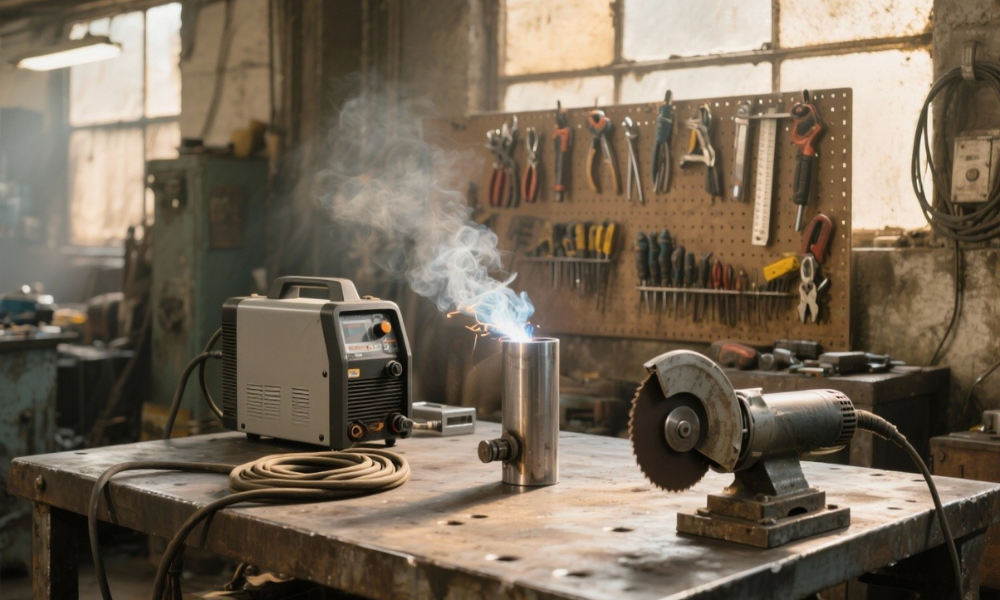
4. Welding Pliers
These aren't your everyday pliers. Welding pliers combine multiple functions, such as cutting, gripping, removing spatter, changing tips and they’re shaped to fit around nozzles and contact tips. Some come with hammer ends for knocking spatter off your nozzle, too.
If you’re MIG welding, this is the one tool you’ll reach for constantly. TIG welders might use them less, but they’re still handy for fine control and quick adjustments.
5. Welding Clamps
Without clamps, parts shift. Joints open. Welds warp. Welding clamps keep everything tight and in place so you can tack and weld with confidence. You’ll want a few types, such as C-clamps for flat plates, locking clamps for awkward angles and quick-release clamps for fast jobs.
Start with at least two, then add more as your projects grow. Trust us: you’ll never say, “I have too many clamps.”
6. Welding Table
Welding on a wooden bench is a fire hazard. A welding table is usually made from steel, with grounding points, flat surfaces for layout and holes for jigs or clamping.
Think of it as your stage because everything starts and ends here. A basic 36” x 24” table is enough for most home setups.
Safety & Protection Gear
Welding is hot, noisy and unpredictable, and your body shouldn’t be the thing taking the brunt of it. This kit is all about protection. From your hands and eyes to your feet and lungs, these safety tools help you stay focused on the work, not the risk. It’s not about looking the part; it’s about keeping yourself safe and sharp across long sessions. Suit up properly, and you’ll weld longer, better and with fewer close calls.
7. Welding Helmet
The arc from a weld gives off light that’s brighter than the sun. Welding helmets protect your eyes from flash and your face from sparks. An auto-darkening helmet is a game-changer and means there is no more flipping your mask up and down.
Make sure your helmet meets EN379 standards, and consider battery-powered vs solar-powered models depending on how often you use it.
8. Welding Gloves
Welders go through gloves fast, and the right pair depends on the work. Thick leather gauntlets are great for MIG and stick welding, where heat is high and precision isn’t a priority. TIG work, though, needs thinner and more flexible gloves for fine control.
A decent pair should last through multiple jobs if you avoid soaking them in sweat or burning through them with slag. We would always recommend keeping a spare set on hand.
9. Welding Jacket
A decent welding jacket does more than protect your arms because when you are working with stick or MIG, sparks and molten metal can easily burn through regular fabrics.
Choose a jacket that balances protection with flexibility. Some manufacturers offer flame-resistant cotton backs for breathability, paired with leather sleeves for shielding.
10. Welding Sleeves
Not every job needs a full jacket. Welding sleeves offer flexible protection, which are great for summer jobs, overhead work, or when you’re pairing with a standard work shirt. They cover your forearms and biceps, usually with elastic or hook‑and‑loop closures at the top.
Leather sleeves last longer and resist heat better than cloth versions but you may find yourself sweating more under the leather version, so try and keep them clean to extend their life.
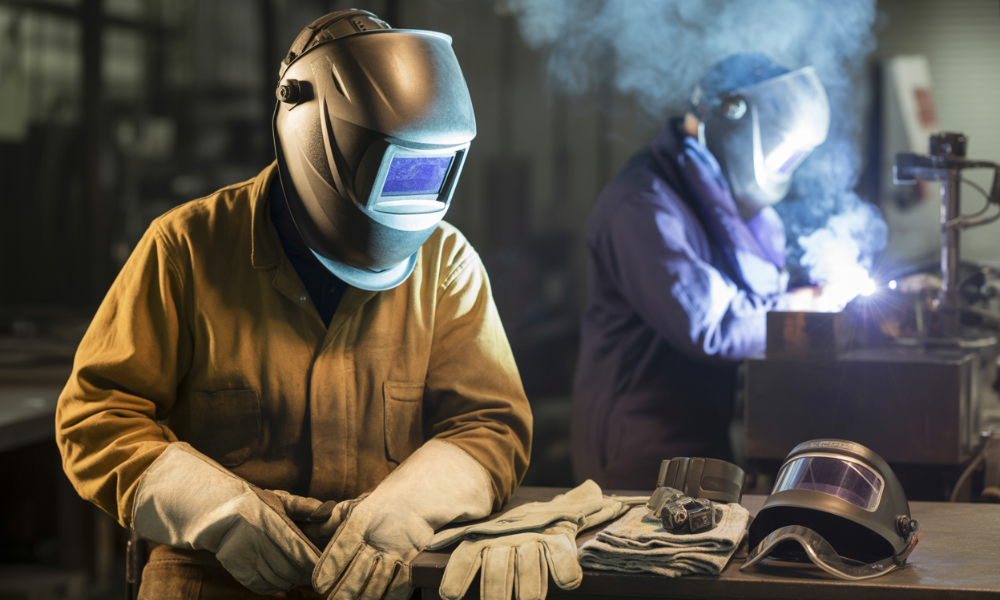
11. Safety Goggles
Your safety goggles shouldn’t be an afterthought. While your welding helmet protects you during arc work, goggles step in when you’re grinding, cutting or brushing metal. They protect you from flying debris, dust and tiny shards that are almost invisible until they hit your eye.
For example, when you're switching between weld passes and clean-up work, having your goggles ready avoids the faff of lifting your helmet every two minutes.
12. Grinding Visor
Welding's dirty secret? You’ll probably spend more time grinding than actually welding. A grinding visor covers your whole face during grinding or plasma cutting, offering more protection than goggles alone.
Clear visors reduce visual distortion, which helps when you're shaping a joint or prepping tricky corners. Some professionals opt for flip-up combo helmets with integrated visors, which are handy but heavier.
13. Steel-Toe Work Boots
In a welding workshop, something sharp or hot is always falling. Steel-toe work boots don’t just protect from impact, they’re often heat-resistant and slip-resistant too.
Look for boots with metatarsal protection if you’re lifting plate or operating near heavy rigs. Bonus points for oil-resistant soles if you're working around hydraulic tools or fluid spills.
14. Ear Protection
Arc welding might be quiet, but grinding and air tools aren’t. Ear protection stops long-term damage from high-decibel exposure, especially when you’re in a shop with echoing steel walls or running compressors.
Foam plugs are fine for casual use, but professionals often switch to over-ear defenders for comfort and reliability. Some models include built-in radios or Bluetooth, ideal for long stints on repetitive tasks.
Setup & Positioning Tools
Great welds don’t start with the arc, they start with getting your materials in the right place. These tools help you hold, adjust and lock components exactly where you need them. Whether you’re working with curved pipe or square frames, keeping parts aligned saves time and frustration. And for odd jobs or awkward angles, these are the lifesavers that bridge the gap between a clean joint and a redo. Here’s how to line things up right.
15. Sheet Metal Pliers
If you're shaping ductwork, bending edges, or joining thin steel panels, sheet metal pliers are essential. Their wide, flat jaws spread force evenly, letting you crimp seams without damaging the material.
Great for bodywork, roofing patches, or anything where thin metal needs a clean, strong bend.
16. Welding Magnet
Positioning metal for tacking can be a pain. Welding magnets let you hold parts at perfect angles – 90°, 45°, or even more complex setups – without fiddling with clamps.
Ideal for square tubing, frame building, or setting up gates and handrails. For pipe work, switch to adjustable angle magnets or V‑pads that suit curved surfaces.
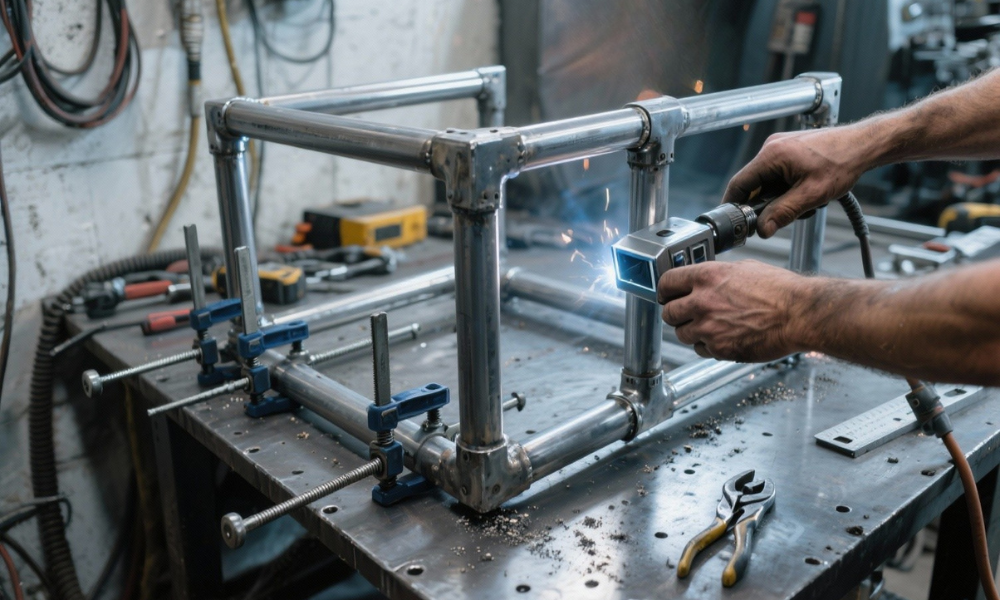
17. Heat Shield
Sometimes you need to weld near a painted surface, wiring loom or something heat-sensitive. That’s where a heat shield, which would typically be a welding blanket or barrier, comes in. These shields are made from flame-retardant fibres or silicone-coated fibreglass and protect areas adjacent to your weld zone.
Drape one behind or beneath the weld joint to protect flooring, car interiors or nearby tools.
18. Welding Cart
Dragging your gear across the floor? Not a good look. A welding cart gives you mobility and storage in one. Most offer spaces for your machine, gas cylinder, cables and safety gear, plus they might have hooks for masks or extension leads.
Look for carts with wide wheels if you're working on rough ground or concrete, as they will be easier to move.
Prep & Finishing Accessories
What happens before and after the weld matters just as much as the spark itself. These tools help you prep clean surfaces, mark precise cuts and finish your joins so they’re as strong as they are neat. They’re the difference between a rough job and a pro-level result. Whether it’s removing slag or refining an edge, this gear handles the gritty, detail-heavy work that ties everything together and makes your welds look the part.
19. Steel Wire Brush
Every time you weld, contaminants on the surface, such as paint, rust and grease can compromise strength. That’s where a steel wire brush comes in. For stick welding, especially, you’ll need to clean off slag before inspecting or continuing your weld.
Use it before, during and after welding. A quick scrub can mean the difference between a strong joint and a crack waiting to happen.
20. Chipping Hammer
After a stick weld, there’s always slag. A chipping hammer removes that layer, revealing the finished bead beneath. The dual ends, pointed and flat, let you chip precisely and clean off awkward spots.
A spring-handled model reduces vibration, which helps when you’re working for long sessions or breaking tough slag.
When working with welding, you must choose a hammer that works for your project.
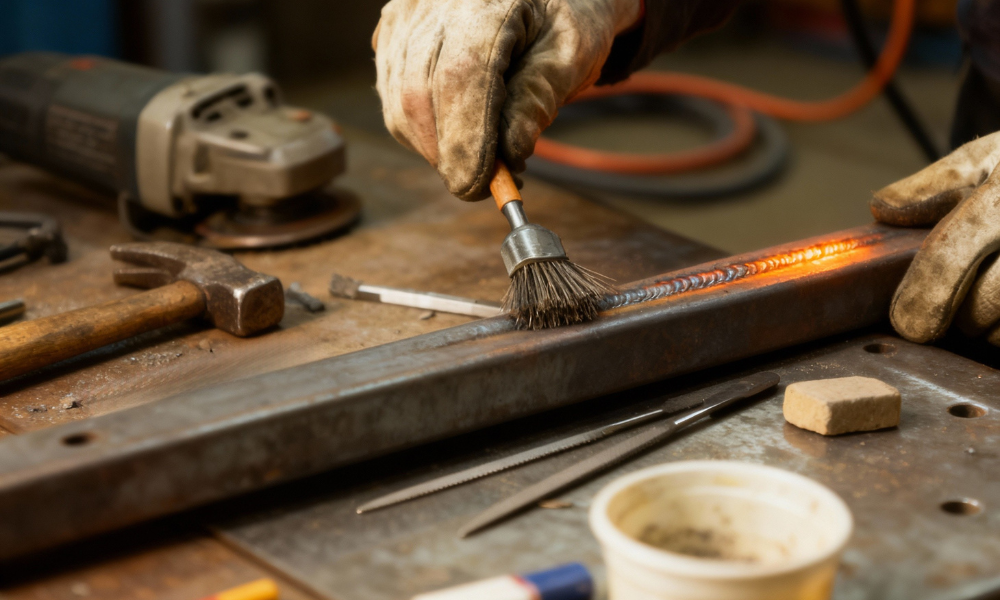
21. Metal Files
Once the grinder’s done, files do the detail work. Metal files remove burrs, clean edges, and fine-tune shapes, especially on tight joints or awkward contours.
Having a full set, such as flat, round, half-round, and triangle, is ideal. Try and keep them oiled and dry between uses to prevent rusting, and never use a file without a handle unless you like puncture wounds.
A welding file set is perfect for any welder, providing all the tools you need to operate. These sets typically include:
- 1 x standard file
- 1 x flat file (for working on a ring's outside curve, larger, flat metal areas, and straightening edges)
- 1 x half-round file (one rounded and one flat side, for various curved shapes and cutouts, depending on the angle)
- 1 x hand file (usually long and with a pointed tip at one end - useful when your project requires intricate details)
- 1 x square file (tapers to a narrower tip at one end, with the base tending to be wider, usually between six and 18 inches long)
- 1 x three square file (has a triangular cross-section and is suited for filing internal angles and clearing out square corners).
22. Welding Nozzle Gel
If you’re using a MIG gun, you’ve dealt with nozzle clog. Welding nozzle gel coats your tip with a heat-resistant barrier that stops spatter sticking. Dip your warm nozzle into the tub, and it forms a protective film.
This small habit can extend the life of your consumables and reduce downtime from blocked gas flow.
23. Marking Tools
Measuring is pointless if your marks disappear. Marking tools, like soapstone or high-heat paint markers, give you visible, heat-resistant lines that stay put through cutting, grinding and tacking.
Keep a few marking pens in your toolbox: flat ones for sheet metal, round holders for pipe, and paint pens for painted or oily surfaces.
Add-Ons for Special Tasks
Once the basics are covered, it’s time to add some flexibility to your toolkit. These accessories don’t get used every day, but when you need them, nothing else comes close. From oxyacetylene torches for fine metalwork to air drills that reach tight corners, these tools open up new techniques and save serious time. Whether you're expanding your skills or solving project-specific challenges, these add-ons help push your welding into new territory.
24. Welding Torch
If you're doing gas welding or cutting, your welding torch is how you apply heat. Oxyacetylene setups give precise control over flame intensity and can be used for brazing, cutting or welding thinner metals like exhaust tubing or sheet steel.
They're also useful outside of welding, plumbing repairs, cutting bolts or even heating rusted parts.
25. Air-Powered Drills
Electric drills are fine until you need high torque or continuous performance, which is when air-powered drills shine. They’re lighter, run cooler and pair well with spot weld drill bits for taking apart panels cleanly.
Lubricate them regularly to extend their lifespan, and always wear ear defenders because they’re powerful but loud.
Welding Safety Essentials
Welding is as much about protection as precision. Hot metal, high-voltage tools, flying debris – without proper safety gear, even a five-minute job can end badly. Whether you’re at home or on a pro site, these safety items are what stand between a job well done and a trip to A&E.
Here’s what every welder should have on hand:
PPE Every Welder Needs
- Welding Helmet – Blocks out arc flash and sparks. Auto-darkening lenses reduce eye fatigue and improve accuracy.
- Welding Gloves – Choose the right thickness and style for your work (TIG = thinner, MIG = thicker).
- Welding Jacket or Sleeves – Protects your arms and chest from UV rays, slag, and stray sparks.
- Safety Goggles and Grinding Visor – Use goggles for metal brushing and cutting, and a full visor when grinding.
- Ear Protection – Blocks high-decibel noise from power tools and shop machinery.
- Steel-Toe Work Boots – Offers toe protection from dropped objects and metal sheets.
Fire Safety
- Heat Shield or Welding Blanket – Prevents nearby objects (especially flammable ones) from catching fire during welds.
- Dry Powder Extinguisher – Always keep one within reach. Electrical fires, oil fires, and metal fires need a fast, targeted response.
- Tidy Workspace – Sparks jump. Keep solvents, cloths, paper, or gas bottles away from the welding area.
Clean Air and Skin Safety
- Ventilation – Always work in a well-ventilated space to avoid fume build-up. For heavy-duty use, invest in a fume extractor or downdraft table.
- Barrier Creams – If gloves aren’t an option for fine work, apply hand cream to create a protective layer. Not a replacement, but better than nothing.
- UV Protection – Welding arc light can burn skin like the sun. Long sleeves and proper PPE reduce UV exposure dramatically.
Whether you're MIG welding at a bench or TIG’ing intricate parts, skipping safety is never worth the risk. Even pros get caught out when rushing. So stock up, suit up, and get into the habit of checking your kit before every job.
Tool Care, Lifespan & Maintenance Tips
Welding tools don’t come cheap, and replacing them too often is avoidable. A few small habits can keep your gear working better, longer. Here’s what to expect from common items and how to make them last.
How Long Do These Tools Usually Last?
- Welding Gloves – 2 to 8 weeks for heavy use. TIG gloves last longer, but thinner materials can tear. Rotate pairs to extend lifespan.
- Wire Brushes – 1 to 3 months, depending on frequency. Replace when bristles bend or shed.
- Welding Nozzle Gel – One pot can last 3–6 months. Store sealed and dip only warm – not red-hot – nozzles.
- Pliers & Clamps – Years, if stored dry and cleaned of spatter or dust after use. Oil the moving parts monthly.
- Angle Grinders – 3–5 years with regular maintenance. Avoid overheating, clean vents, and check brushes annually.
- Welding Machines – 8–15 years with proper care. Blow out dust, check leads and grounds, and log any duty-cycle shutoffs.
Basic Maintenance You Should Actually Do
- Clean connectors – Dust and oxidation reduce power efficiency. Keep them clean, dry and lightly oiled where needed.
- Replace worn nozzles/tips – For MIG or TIG work, swap out consumables early. Poor arc quality often traces back to tip damage.
- Protect cables – Don’t drag or coil tightly. Hang them loosely and inspect for splits or burns.
- Lubricate air tools – A drop of oil before and after use keeps air-powered drills running smoothly.
- Inspect PPE weekly – Small tears in gloves, cracked visors, or helmet lens damage can become dangerous fast.
Storage Tips to Keep Tools in Top Condition
- Use a welding cart – Keeps machines off the floor and hoses coiled neatly. Less chance of kinks, drops or dirt damage.
- Store in dry areas – Humidity is a killer for grinders, clamps, and anything with steel. Add silica gel to your toolbox drawers if needed.
- Separate consumables – Keep spools, rods, gels, and nozzles in their own boxes. Cross-contamination can lead to arc inconsistencies.
Keeping tools alive isn’t about being fussy; it’s about avoiding downtime and replacements. And when you’re working to a deadline or juggling jobs, that can make a real difference.


